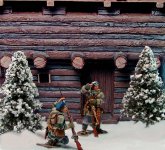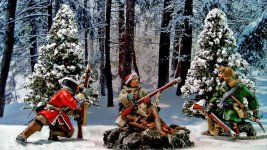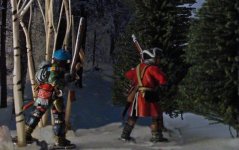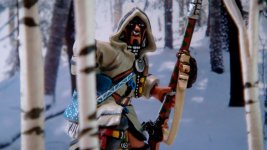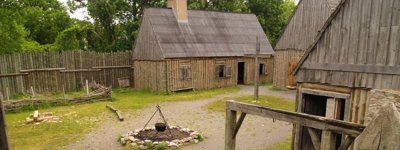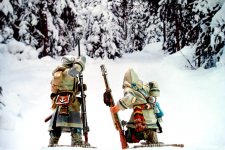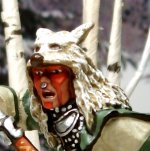PolarBear
Major
- Joined
- Feb 24, 2007
- Messages
- 6,706
EPISODE 5: 2/13/08
At the same time that Charles Pelham is helping bring back wood for the campsite, his best friend in the 27th, Liam O'Brian, formerly of Cork County, Ireland has been sent to find game to feed the men. When we first see him, he has just come face to face with a bull moose coming out of the woods. Reacting quickly he gets off a shot from his musket before this giant of the forest can react.
At the same time that Charles Pelham is helping bring back wood for the campsite, his best friend in the 27th, Liam O'Brian, formerly of Cork County, Ireland has been sent to find game to feed the men. When we first see him, he has just come face to face with a bull moose coming out of the woods. Reacting quickly he gets off a shot from his musket before this giant of the forest can react.




